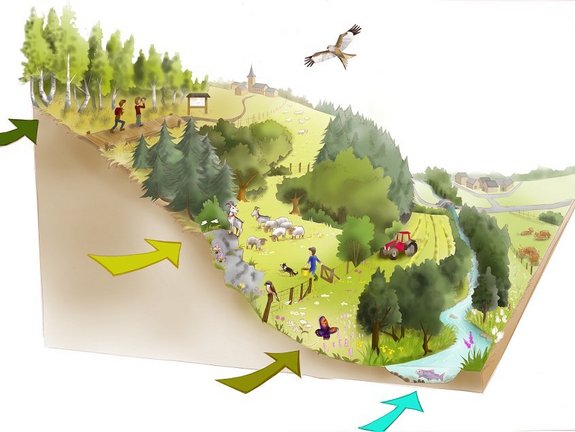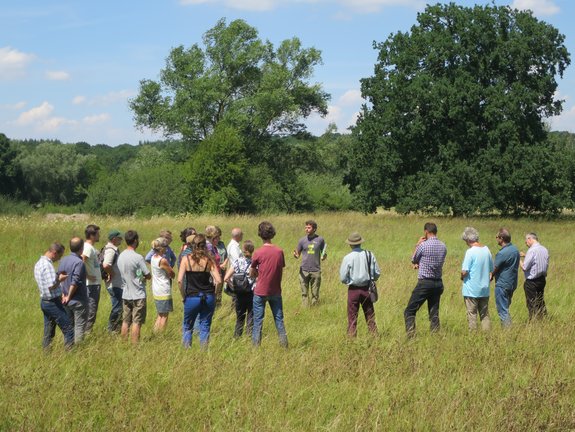Résumé du projet LIFE Connexions
Ce 1er janvier 2021 marque le début d’un nouveau projet LIFE intitulé « Actions prioritaires pour la connexion de prairies, pelouses, forêts humides et espèces associées en régions wallonne (BE) et Grand Est (FR) », ou « LIFE Connexions » en abrégé. Dans la continuité des projets LIFE Herbages et LIFE Prairies bocagères, l’objectif est de restaurer la biodiversité sur au moins 500 hectares d’habitats naturels menacés, sur une large zone reprenant 40 sites Natura 2000. Ce projet comporte par ailleurs des actions en faveur de la Moule perlière et du Cuivré de la bistorte.
Natagora coordonne ce projet cofinancé à 75 % par la Commission européenne aux côtés du Service public de Wallonie (DNF et DEMNA), du Jardin botanique de Meise, et des Conservatoires des espaces naturels de Lorraine et de Champagne-Ardenne. Nous sommes donc repartis pour une nouvelle aventure de sept ans, qui contribuera à renforcer l'interconnexion des milieux les plus fragiles de nos régions.
Nous vous invitons à vous inscrire à notre lettre d’information qui vous tiendra régulièrement informé de nos avancées.
On the 1st January 2021 began a new LIFE project called “Priority actions for grasslands, forests and associated species connexions in Wallonia (BE) and Great East region (FR)” or “LIFE Connexions” for short. In continuation of the previous LIFE Herbages and LIFE Prairies bocagères projects, the aim is to restore the biodiversity on 500 hectares of threatened natural habitats at least, on a large area including 40 Natura 2000’s sites. Furthermore, this project includes actions for the Freshwater Pearl Mussel and the Violet Copper.
Natagora coordinates this project co-financed on 75% by the European commission with the participation of the Public Service of Wallonia (DNF and DEMNA), the Botanic Garden of Meise, and the Conservatory of natural areas of Lorraine and Champagne-Ardenne. Then, we start again a new adventure for 7 years, that will contribute to reinforce the interconnection of the most fragile habitats of our regions.
We invite you to subscribe to our newsletter which will regularly keep you inform of our work.


